All the physical preparedness in the world won’t get you very far without the mental skills to apply it. Learn six concentration drills that you can practice on an everyday basis to improve your focus while climbing.
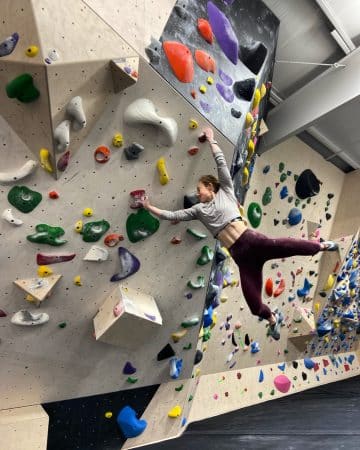
Tap into your try-hard with concentration drills designed to train your brain for better focus when it counts.
You already know that concentration is a key element of prime performance in climbing. But did you know that there are ways to actually train your brain outside of climbing that lead to better concentration while climbing? In fact, without off-the-wall mental strength training, you’ll struggle to access the level of focus that you need in order to give your all on the wall.
Think about it this way: would you dive straight into your hardest project to date after taking a good chunk of time off from training? Sounds like a recipe for disappointment, not to mention injury. Instead, you’d likely prepare yourself for the undertaking by launching back into routine and familiarizing yourself with the specific skills that the project demands.
Treat your brain the same way. Mental strength training involves just that: training. You can’t expect to hop on your project and immediately enter a state of unshakable focus. First comes a thorough understanding of what that kind of focus feels like and how to access it, on top of preemptive effort spent honing it. Then, when the time arrives to pull out all the stops on your project, the hard part’s already over with. All that’s left is applying what you’ve practiced.
There’s no time like the present to get going on the first step: practice. Work on these six concentration drills in your everyday life. Start out simple, then gradually increase the challenge by bringing them into basic climbing training settings and then utilizing them in higher stakes performance scenarios.
Narrow Focus Drill
There are two main types of focus: narrow and broad. Narrow focus refers to targeted concentration on specific components of your surroundings. This kind of concentration comes into play when deciphering cruxes and breaking down complex climbs into bite-sized pieces.
Refine your narrow focus by setting a timer for one minute. Pick an object in your field of vision and study it intently until your timer goes off. Start small! Don’t bite off more than you can chew with an object that bears a lot of intricate detail; you’ll work your way up to more and more complex objects over time.
Set your timer for another minute, but close your eyes this time. Paint a mental picture of the object in as much detail as you can remember. You can also work with a partner on this and describe the object out loud to them while your eyes remain closed. When time’s up, open your eyes and check your work. What did you get right? What did you miss? Repeat the exercise one or two more times. Aim for increased accuracy each round.
Broad Focus Drill
Broad focus, on the other hand, refers to an awareness of your surroundings on a comprehensive level. This is the “big picture” mentality that helps climbers link sequences together and conserve energy over the course of a sustained effort.
For this concentration drill, start out the same way as the narrow focus drill. Set your timer for a minute, and take stock of your overall environment. Engage all your senses: What objects do you notice? What colors, shapes, and patterns do you see? What textures do you feel? What aromas do you smell? What sounds do you hear?
Next, try and remove yourself from those surroundings. Step into a different room, turn the corner, anything you can do to create some distance. Now paint a mental image of the setting that you just left. When you go back, perform the same analysis as before. What did you get right? What did you miss? Repeat two to three more times and add more detail into your mental image each time.
Attention-Shifting Drill
In climbing, we’re constantly moving through space. You’ll never be in one place for too long. This means that climbers need to be adept at shifting from one focal point to another in order to keep up the momentum.
For this concentration drill, put on your headphones and cue up a favorite song. Tune into just one aspect of the composition, such as the drum line or the bass beat, while tuning out all other elements. After a minute, switch to another element, like a different instrument or voice. Continue switching every minute until the song ends. You’ll likely find it tough to stay focused on just one aspect of the music at a time as the song goes on, and even harder to shift directly from one aspect to another without letting all the elements slip in.
Clock Drill
The nice thing about using a clock as the focal point for this concentration drill is that you can quantify your progress one second at a time. Grab an analog clock with a second-hand. Wait until the second-hand hits the 12, then watch as it moves around the face of the clock. Try to limit your thoughts and focus only on the motion of the second-hand. When your thoughts begin to wander, mark the time on the clock. How far around the face did the second-hand make it before your concentration dwindled?
Singular Focus Drill
This concentration drill is ideal for quick practice on the go. Go on a walk or a jog, or even up an easy climb. Choose one hyper-specific aspect of movement to focus on, like the ball of your foot hitting the ground or the position of your middle finger on each hold. Let everything else fade into the background and operate on autopilot. Can you maintain your focus on that one aspect for an entire loop around your neighborhood, aisle of the grocery store, or length of a climb?
Body Scan Drill
Climbing requires intimate awareness of both your external surroundings and your internal state of being. This concentration drill addresses the latter. Get in touch with your body and its sensations. Whether you’re dealing with tricky body positioning to unlock micro-beta or working to conserve energy on an endurance pitch, body scanning helps climbers understand the nuances of their physicality so they can exercise more control while on the wall.
Sit or lie down in a comfortable position. Shift your attention away from external distractions and onto your internal sensations. Focus on just your toes. What do you feel in your toes? Any pain, pleasure, or discomfort? Does the feeling change or stay the same? Acknowledge any feelings you are experiencing without judgment or any effort to change the situation. Release any tension you might be holding in your toes.
Next, move up from your toes to your ankles. Ask yourself the same questions. What do you feel in your ankles? Any pain, pleasure, or discomfort? Does the feeling change or stay the same? Acknowledge any feelings you are experiencing without judgment or any effort to change the situation. Release the tension in your ankles.
Continue on from one body part to the next until you reach the very top of your head. Try to isolate as many separate parts as possible. Work towards being able to differentiate between bodily sensations on a miniscule scale, such as one finger versus another or even down to individual knuckles. The more specific you can get, the better you’ll get to know yourself and the tools you bring to the rock.
Related Articles:
- 5 Strategies to Sharpen Concentration and Climb Better
- 6 Enemies of Concentration
- Podcast: How to Improve Your Concentration and Focus
- Self-Discipline and Commitment: The Great Equalizers
- The Power of Pre-Climb Rituals: Preparing for Peak Performance
Copyright © 2000–2023 Eric J. Hörst & Lucie Hanes | All Rights Reserved.

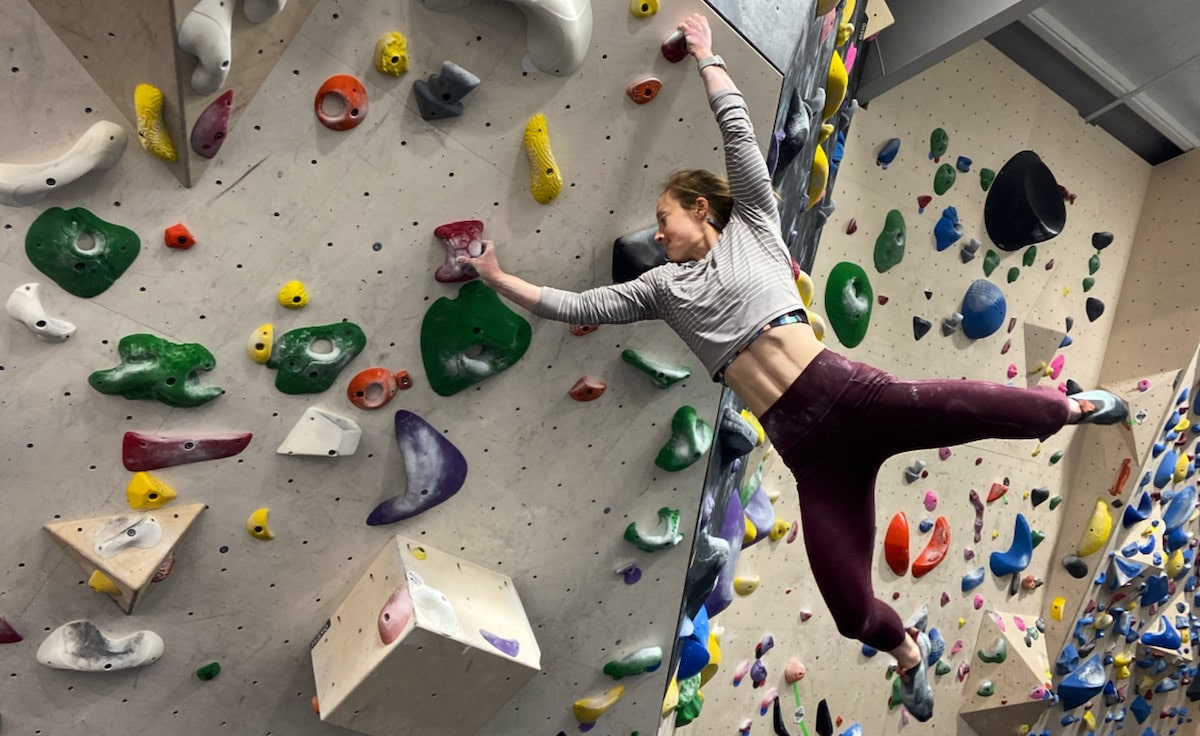

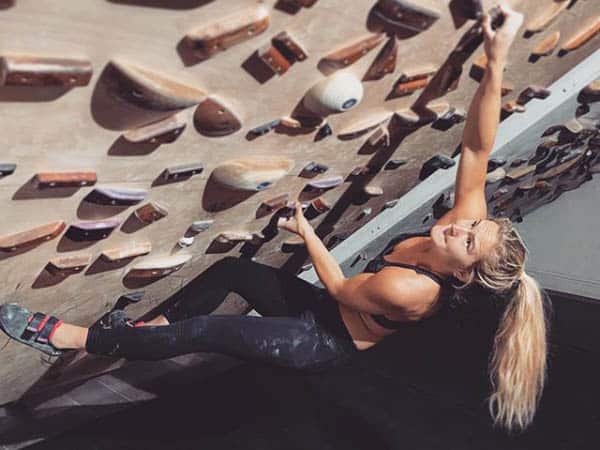
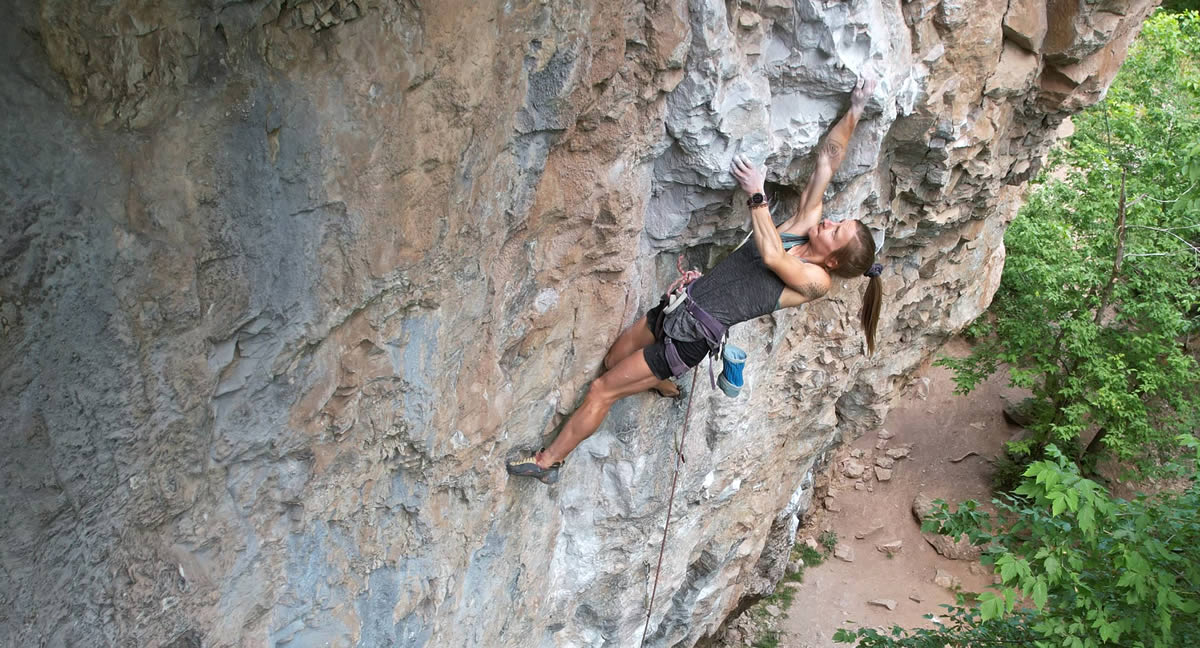
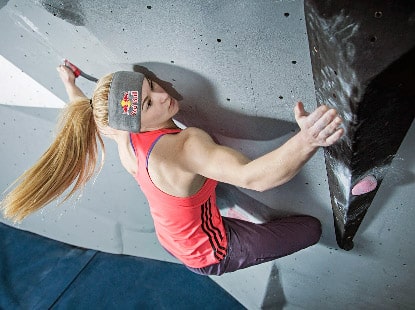
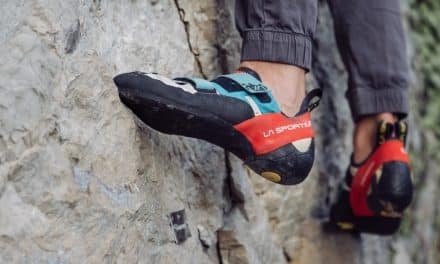

![🚨New Training For Climbing podcast drop! [**Link in bio.**]
This a two-part deep dive into designing a comprehensive, long-term systems approach to training. Coach @eric_horst unpacks—in rich detail—how systems actually function, and he highlights how transformative climbers throughout history “shake up the box” with innovative, highly effective methods to achieve big goals and push the boundaries of our sport.
In Part 1 (#122), Eric blends a concise climbing history lesson with an engineer-like breakdown of how intelligent systems operate. Part 2 (#123) of this series will deliver the actionable strategies you can use to build a personalized, high-performance training system for this winter…and for many seasons to come.
Eric emphasizes that as climbers progress beyond the beginner stage, climbing and training grow increasingly complex—requiring intentional, organized, and year-round development of strength, technique, mental skills, recovery habits, nutrition, and lifestyle management. Rather than ad-lib sessions or singular-focus programs (like only training strength), climbers need a comprehensive system fine-tuned daily and seasonally.
This is an entertaining and thought-provoking episode—so lean in, listen closely, and get ready to feel inspired, challenged, and equipped to level-up your modus operandi at the crag, in the gym, at home, and in everything you do! Listen on Apple Podcasts, Spotify, or online using the web player below.
#climbingtraining #bouldering #indoorclimbing #climbing #climbingpodcast #erichorst #trainingforclimbing @lasportivana @physivantage](https://trainingforclimbing.com/wp-content/plugins/instagram-feed/img/placeholder.png)


